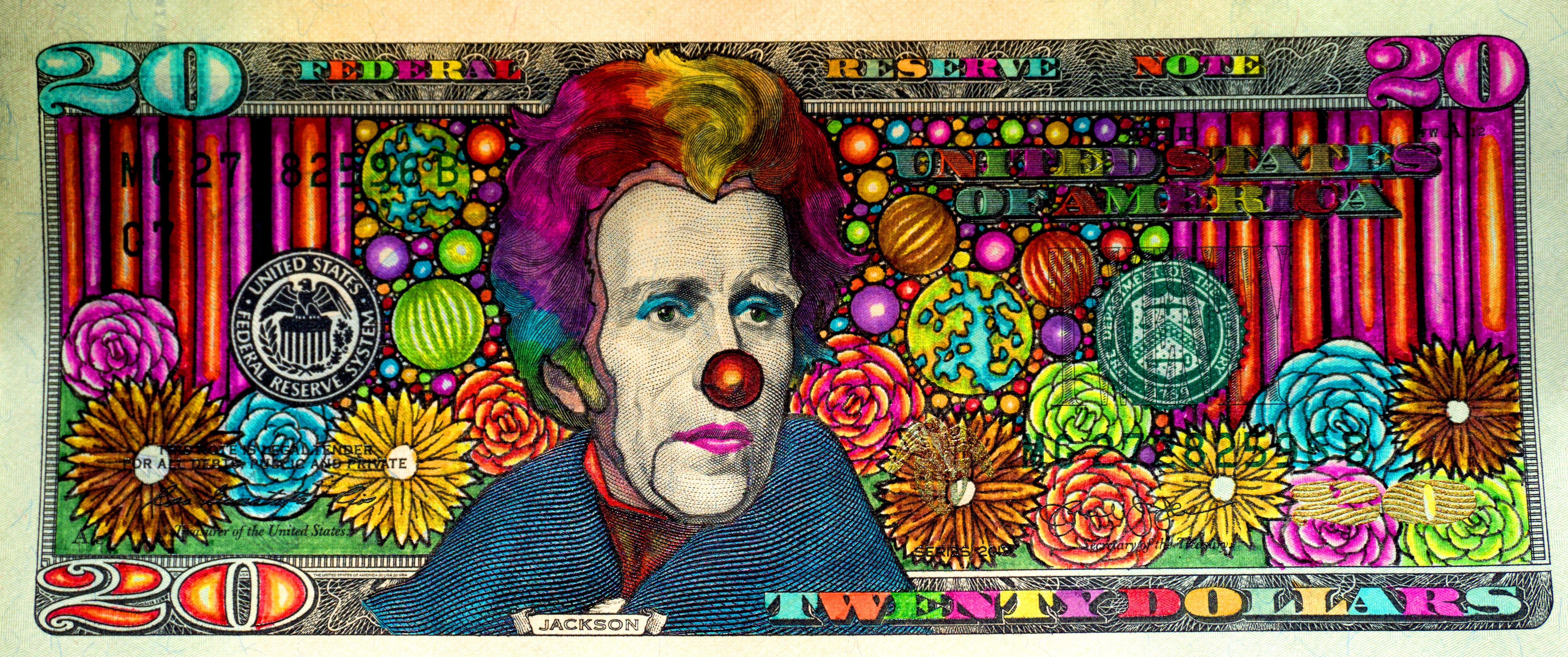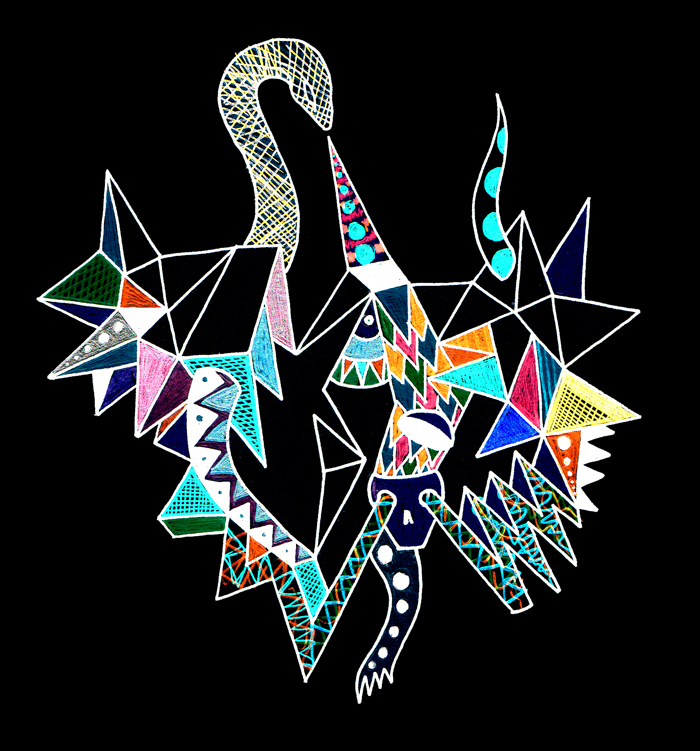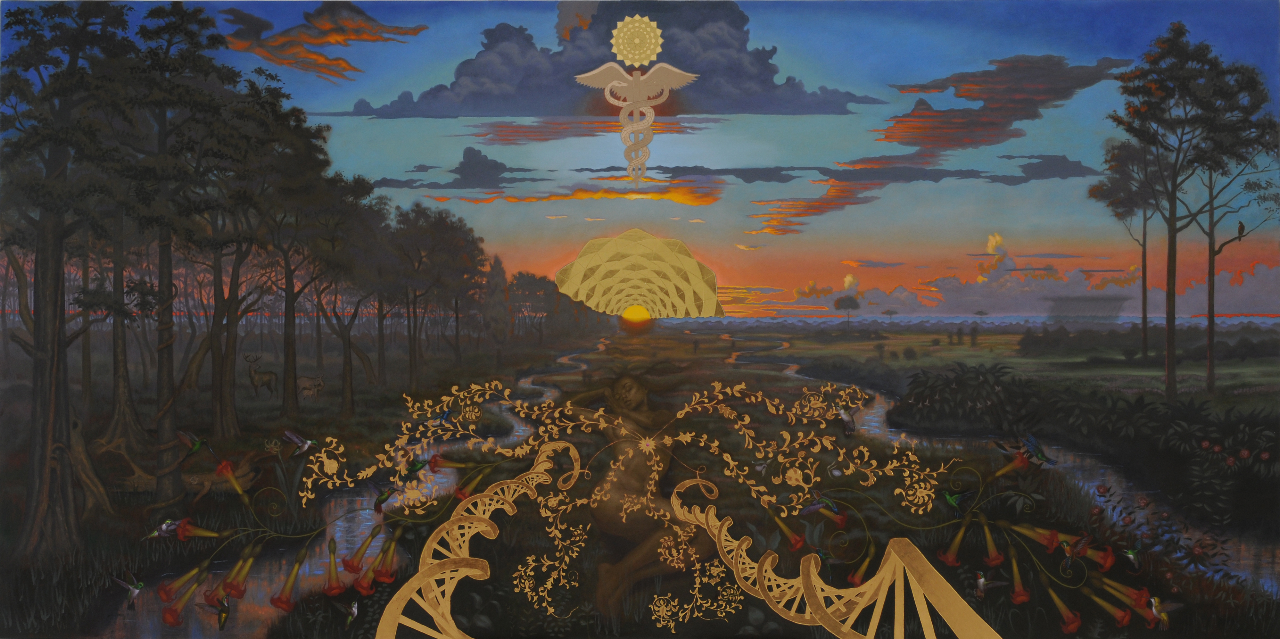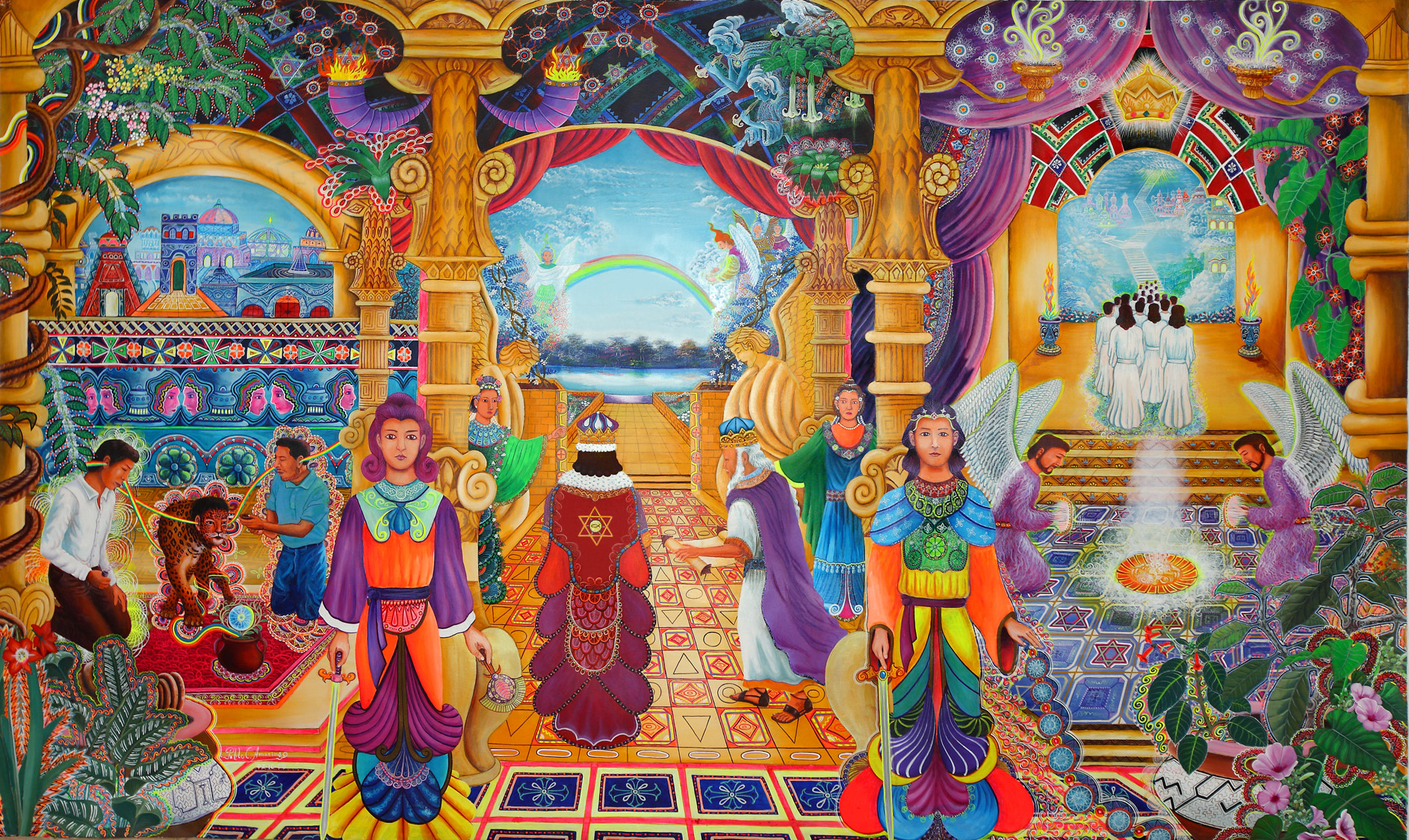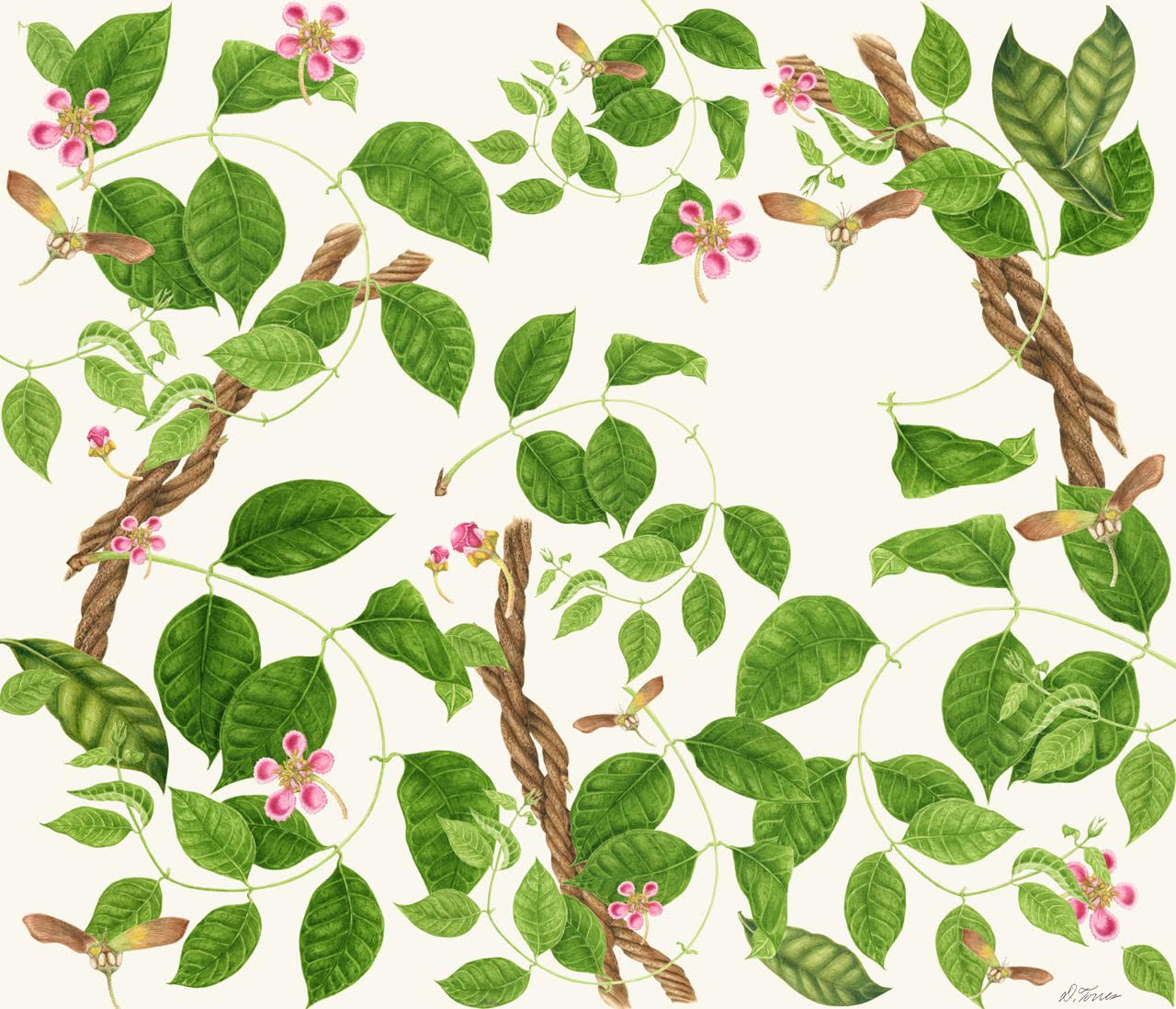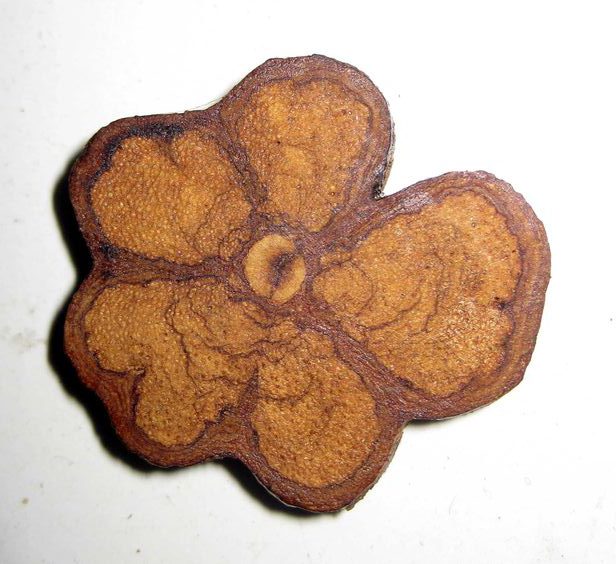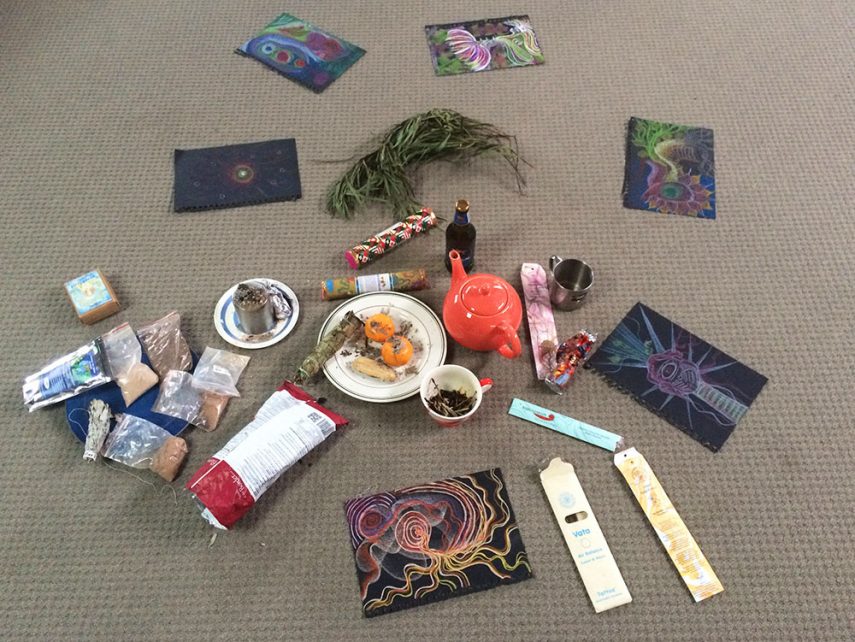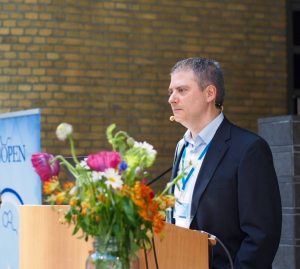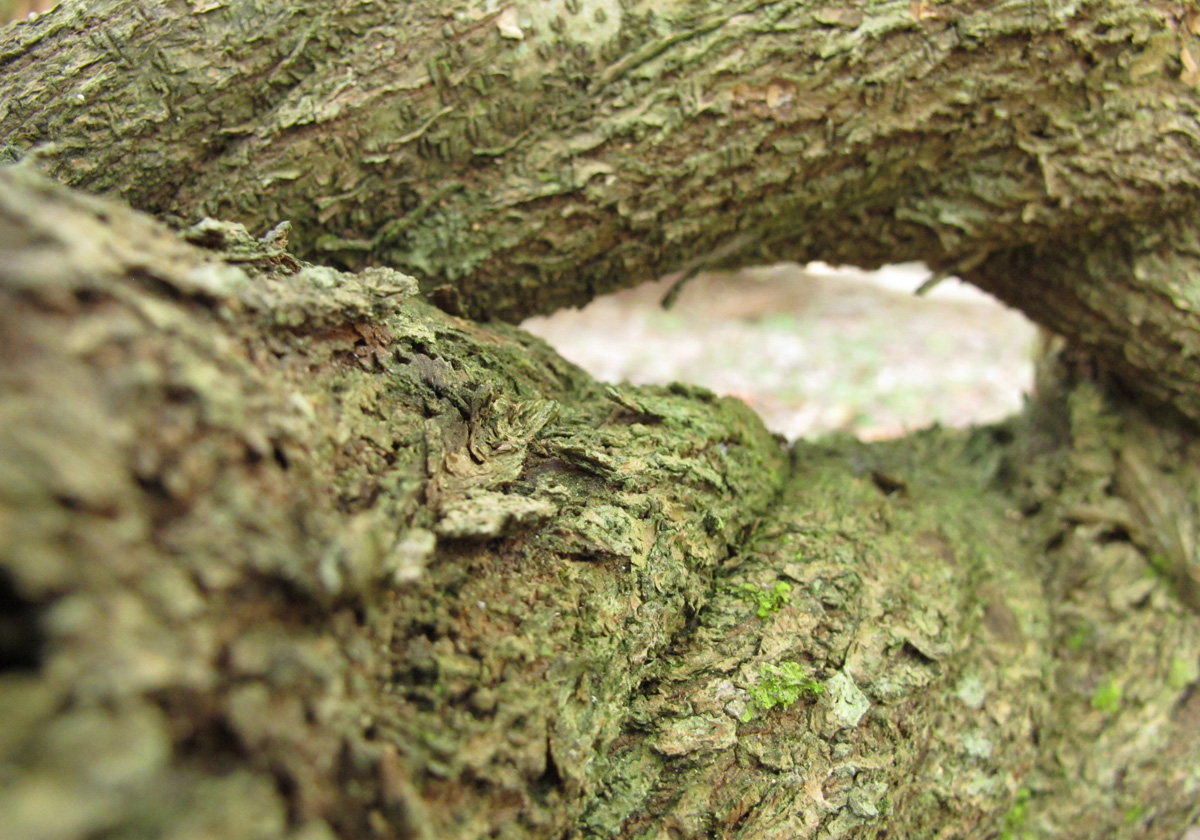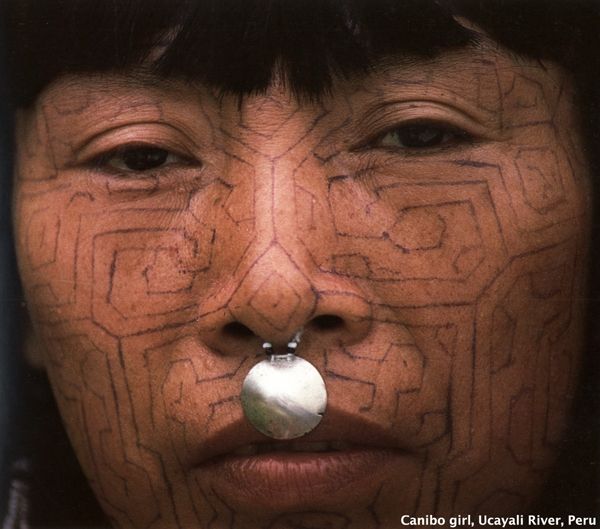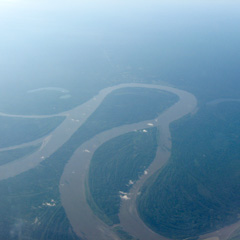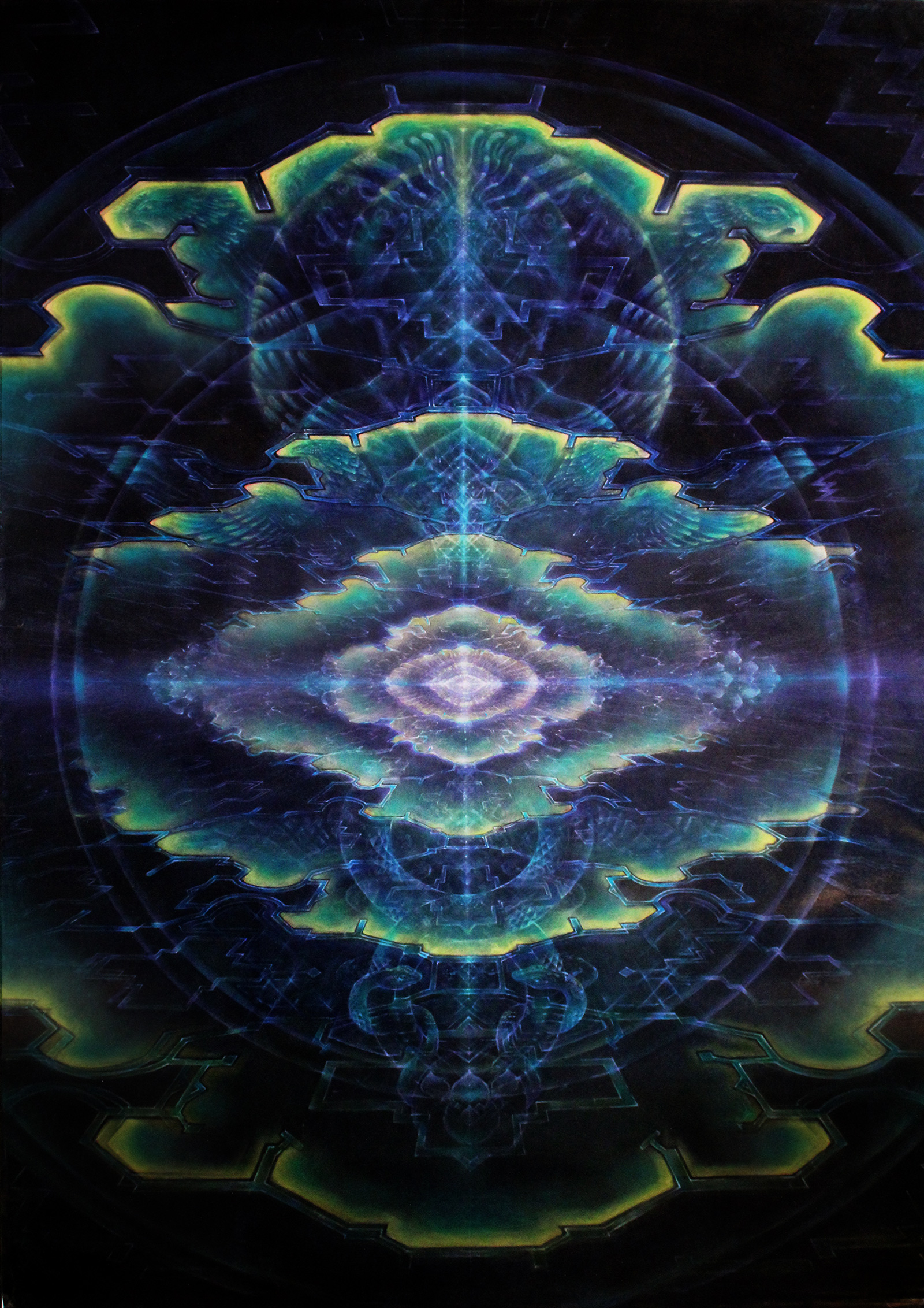The Economics of Ayahuasca: Do You Get What You Pay For?
Art by Josh Usmani Money is a complicated force woven within our cultural psychology, and when you combine it with our spiritual pursuits, the energies can go haywire. Most of us have no problem justifying the cost of our iPhones, our doctor-prescribed medications, our exotic vacations, jewelry and clothes and food and furniture; even the cost of a spa massage. If the items we want or need are beyond our reach, we find a way through savings and patience, or putting in extra elbow grease and effort. Humans are manifesting monsters when we have our eye on the prize. For many of us, however, paying for a spiritual experience brings up all kinds of resistance and stories. There’s a lot of discourse that proposes a process that brings you closer to God should be free; perhaps because it’s our birthright to know our divinity. How does someone have the audacity to charge for that? But what if the reverse is true? Isn’t it audacious to assume someone’s life calling should be given away? Isn’t the …

